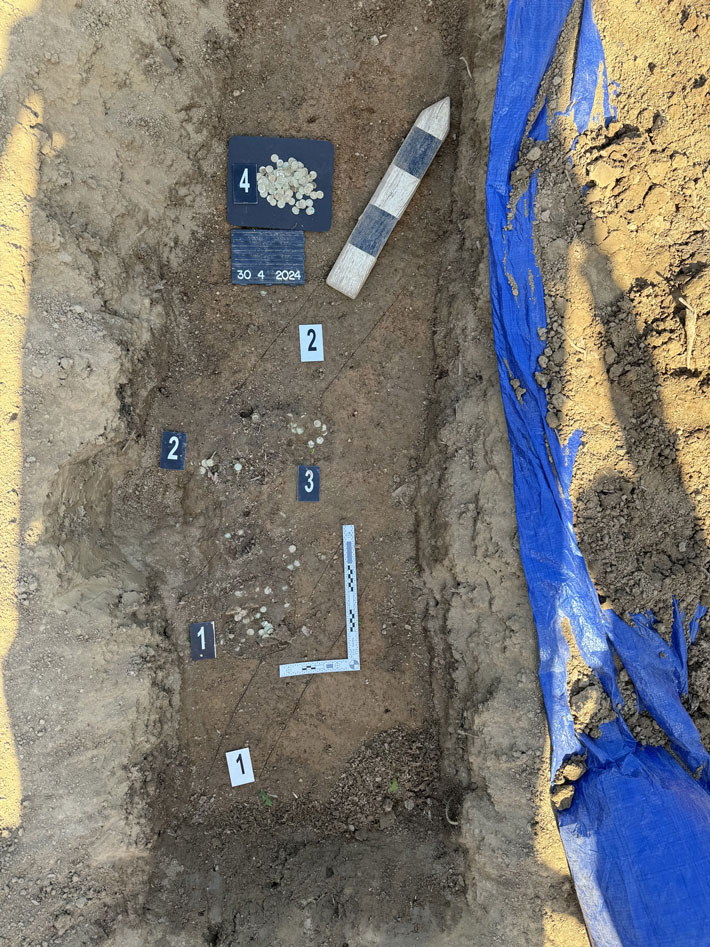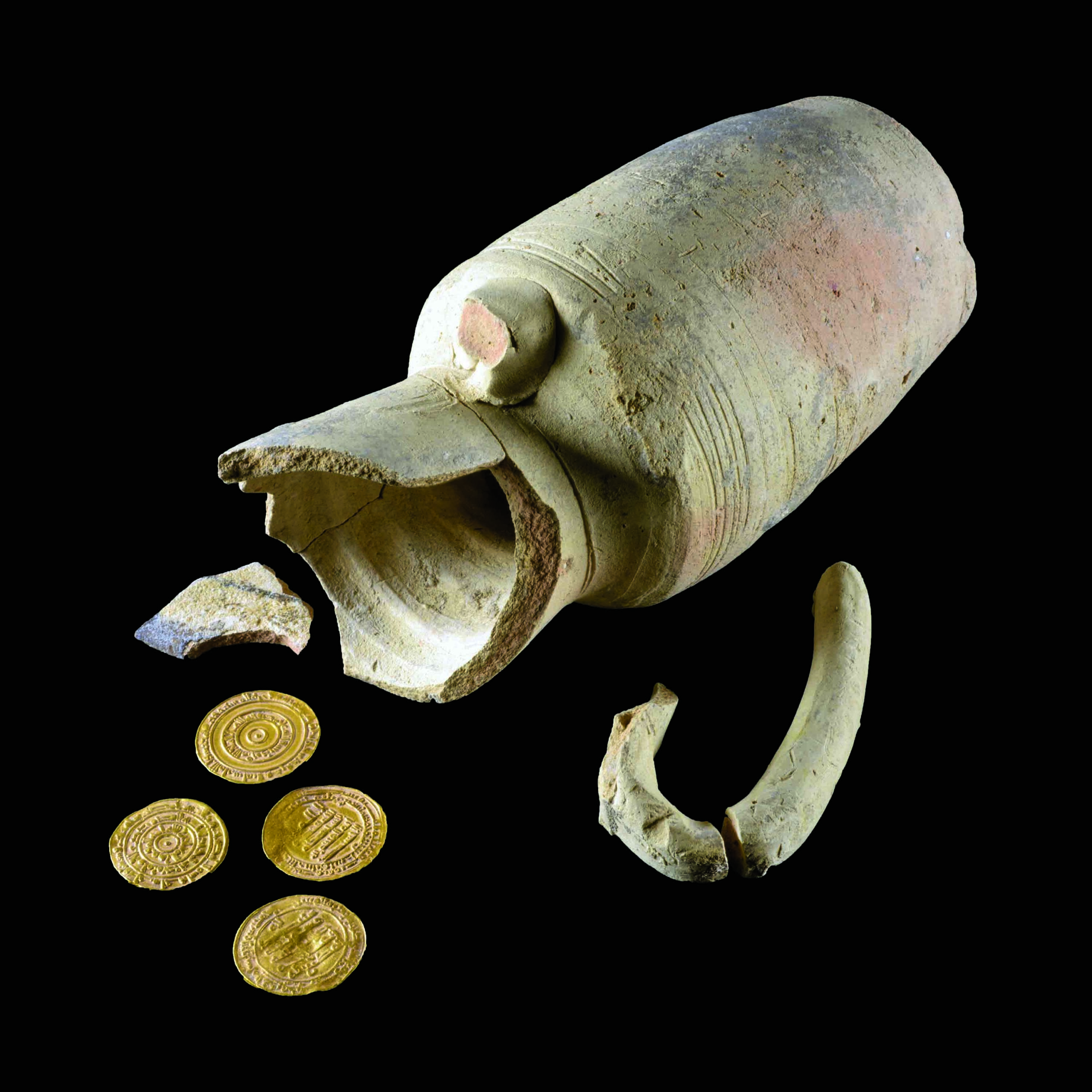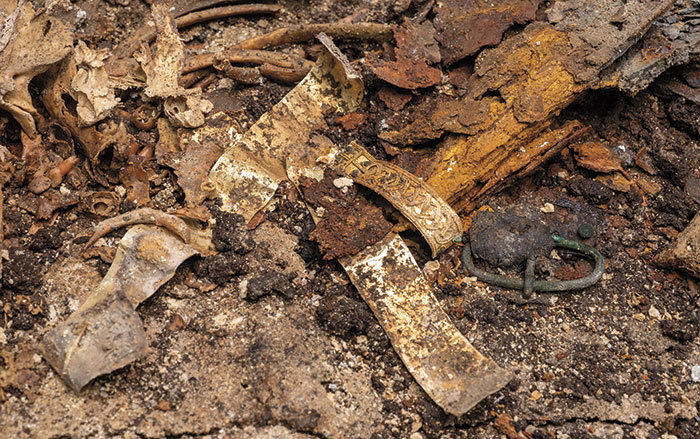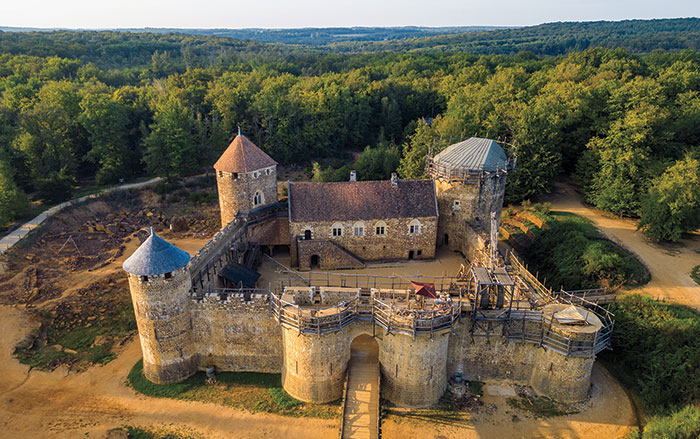
KUTNÁ HORA, CZECH REPUBLIC—According to a Live Science report, a hiker has discovered a hoard of more than 2,150 silver coins in a field in the central Czech Republic. Researchers from the Czech Academy of Sciences identified the coins as medieval versions of the denarius, a standard silver coin minted by the Roman Empire. The coins had been stored in a pottery jar, but only the bottom of it has survived years of plowing. Examination of the coins has shown that they were minted in Prague in the eleventh century during the reigns of the Přemyslid kings Vratislav II, Břetislav II, and Bořivoj II. The coins are thought to have been buried in Bohemia sometime in the first quarter of the twelfth century. “At that time, there were disputes in the country between members of the Přemyslid dynasty over the princely throne in Prague,” said archaeologist Filip Velímský. The scientists plan to analyze the composition of the coins to try to determine the origin of the silver. To read about a 1,000-year-old warrior’s skeleton buried in Prague Castle, go to “The Man in Prague Castle.”











